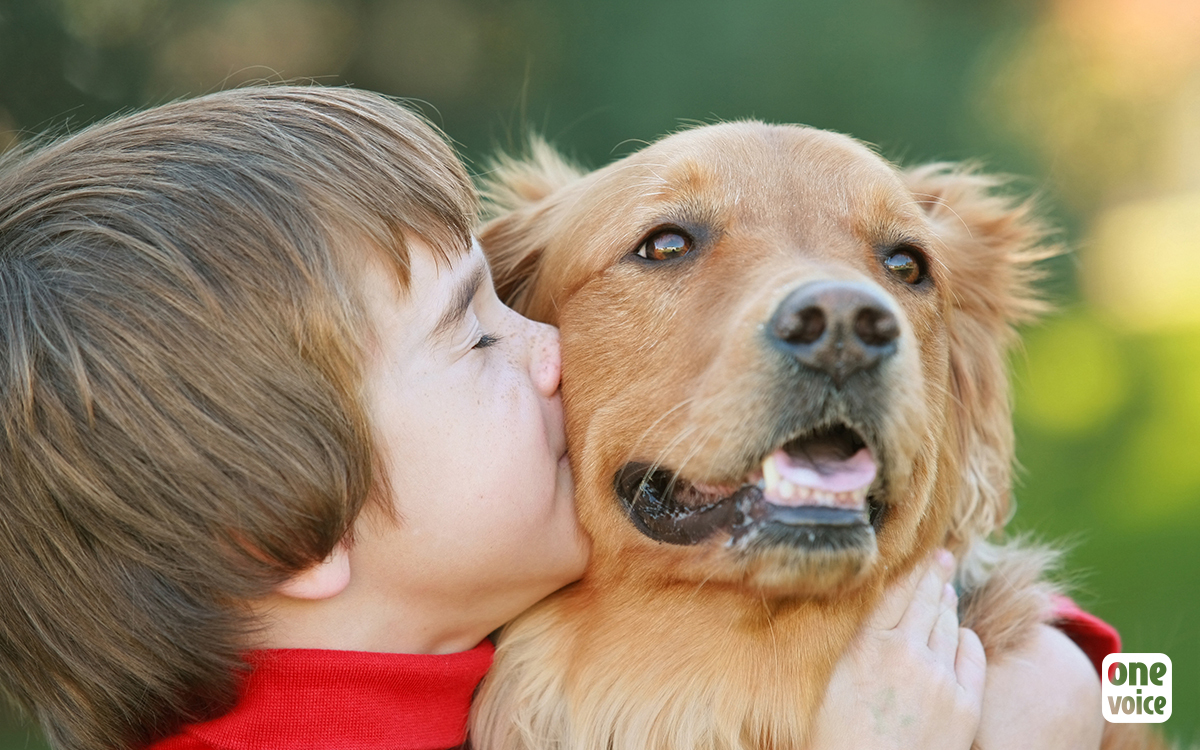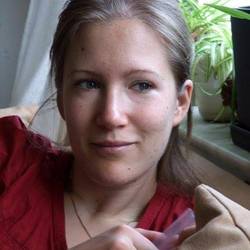

The creation of the European Link Coalition: a major change in direction for research into the Link
It has been shown that in Western Europe and the United States, pets are generally considered family members. There are, however, countries in Europe where domestic animals are multiplying unchecked in the streets, so they have come to be regarded as pests and treated as such.
The study “Making the Link” (21), the first ever conducted in these countries, explores the links between endemic maltreatment of animals and abuse of humans. The study of certain factors revealed that the deterioration of the status of an animal in society has led to a
“transfer of aggression”, with animal abuse also being correlated with violence and abuse towards people and families. A decrease in empathy has also been observed among abusers.
Empathy is the ability to penetrate the emotional world of others. It has been shown that its absence predicts an insensitive response to exposure to violence and abuse. This evokes a Cycle of Abuse learned from exposure to violence and the experience of violence, exerted and doubled against homeless animals, with degraded status and easy access, and when the problem is not resolved, it’s passed on to the next generation.
The European Link Coalition
Organizations from various European countries have now come together to form the European Link Coalition (22). A forum has been set up in which each country can share information on the latest developments in the application of the Link, and other countries can learn from these experiences. Given the rich diversity of cultures in Europe, the possibility of unification of strategic programs is increased.
The nations have come together to create the “European Link” coalition and as a new awareness is emerging among the people and authorities in Europe, animal abuse is no longer an isolated issue.
It is becoming more revealing as a deeper discomfort affecting society, and the study of this association breaks the cycles of abuse; the abuse of individuals is revealed more and more with the abuse of animals, by association, it becomes a socially detestable thing.
«The story of the” European Link “Coalition is a bit like a river, it starts with a quiet brook, which gets stronger and stronger as the countries come together, until it becomes a river wider and powerful. An ocean of change is waiting …»
And before the “European Link” coalition?
While previous initiatives in Europe, for some 20 years, revolved around the identification by veterinarians of indicators associated with human violence and abuse, success has been limited in this area. The reasons given are the confidentiality and concern of veterinarians of their commercial interests. As Nathalie Norden of VOOV in Sweden suggests:
 «Veterinarians and other veterinary clinic staff are generally very motivated to participate, but they are still reluctant to take action. They are not sure which injuries to detect, how to intervene, and what the consequences will be for those at risk, whether human or animal. This is the goal of our project: to train veterinary clinic staff and implement an action plan for the whole establishment (before, during and after a suspected case). Unfortunately, veterinarians are relatively less likely to report suspected cases of animal abuse due to financial concerns. This situation is highly dependent on the management of each animal care centre and their attitude towards the reporting of animal welfare problems or animal abuse in general.»Nathalie Norden
«Veterinarians and other veterinary clinic staff are generally very motivated to participate, but they are still reluctant to take action. They are not sure which injuries to detect, how to intervene, and what the consequences will be for those at risk, whether human or animal. This is the goal of our project: to train veterinary clinic staff and implement an action plan for the whole establishment (before, during and after a suspected case). Unfortunately, veterinarians are relatively less likely to report suspected cases of animal abuse due to financial concerns. This situation is highly dependent on the management of each animal care centre and their attitude towards the reporting of animal welfare problems or animal abuse in general.»Nathalie Norden
Today we are seeing a change of course: now, the first responders in cases of animal abuse are carrying out research on possible associated cases of abuse on human beings.
In the United Kingdom, an agreement between the RSPCA * and the NSPCC * helped advance child protection through the reporting of potential associated cases. Earlier, 86% of these cases of abused children remained unknown to the authorities. In referring to the link between animal abuse and abuse, these cases regarding children had previously been “hidden”. This process is currently being improved, and expanded allocations identify a potential “danger” associated with a case of animal abuse. It can be hoped that a large number of cases of children and vulnerable adults, hitherto ignored, can now be reported and taken care of.
*RSPCA : Royal Society for the Prevention of Cruety to Animals
*NSPCC : National Society for the Prevention of Cruelty to Children
Sources
21 Journal of Interpersonal Violence.
22 European Link Coalition